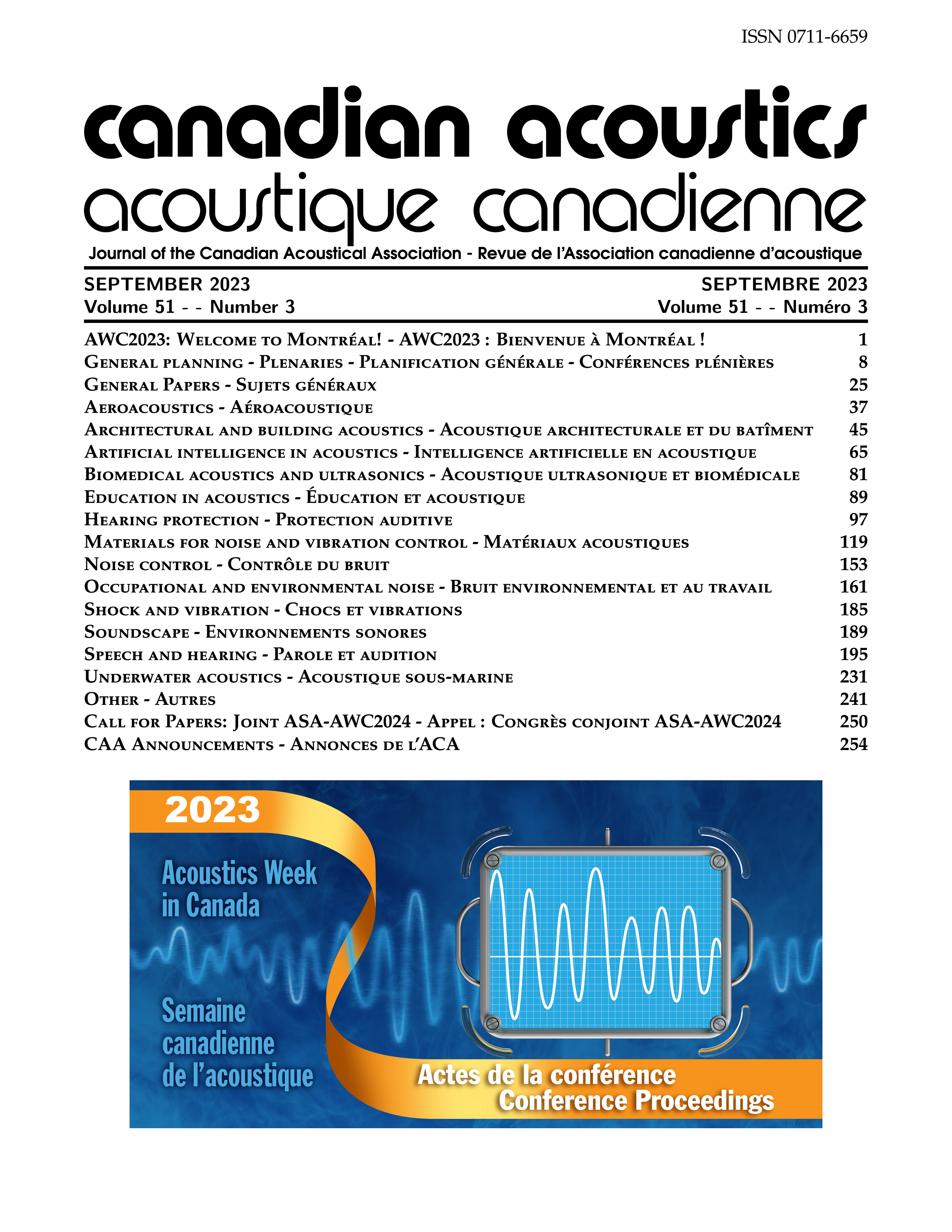Biomechanical Simulation of Lateral Asymmetry in Tongue Bracing
Abstract
Tongue bracing occurs when the lateral edges of the tongue maintain contact with the palate or upper molars. Bracing is pervasive in speech: previous EPG data analysis shows lateral contact to be maintained for 97.5% of the total observation duration [Gick et al. (2017) JSLHR 60, 494]. This research has also indicated the presence of lateral bias or asymmetry in the tongue: a consistent tendency to release contact more on one side than the other, both in unilateral release and in sequential loss of contact during a bilateral release. However, in these cases of asymmetry, it remains unclear which side of the tongue should be considered dominant. The present study explores the question of dominance in lateral tongue bracing through biomechanical simulation of tongue muscle activation. Certain muscles have been identified as bracing agonists (GGP, GGM, MH, VERT, SL) and antagonists (GGA, STY, HG, TRANS, IL) [Liu et al. (2022) Phonetica 79, 523]. Agonists increase the likelihood of bilateral bracing and tend to raise or widen the tongue while antagonists decrease the likelihood of bilateral bracing and tend to lower or narrow the tongue. The current simulations explore whether a unilateral bracing outcome can be produced by asymmetric activation of agonists, antagonists or a combination thereof. Preliminary results from our simulation study show that reducing agonist activation or increasing antagonist activation on one side while keeping activations constant on the other side results in lower tongue-palate contact on the opposite side, due to the hydrostatic properties of the tongue, though the reduction is much greater in the former case. These results suggest that unilateral bracing may be instantiated primarily by contra-lateral muscle activation/deactivation from the side on which bracing contact is maintained, providing a starting point for further exploration of lateral tongue dominance.Additional Files
Published
How to Cite
Issue
Section
License
Author Licensing Addendum
This Licensing Addendum ("Addendum") is entered into between the undersigned Author(s) and Canadian Acoustics journal published by the Canadian Acoustical Association (hereinafter referred to as the "Publisher"). The Author(s) and the Publisher agree as follows:
-
Retained Rights: The Author(s) retain(s) the following rights:
- The right to reproduce, distribute, and publicly display the Work on the Author's personal website or the website of the Author's institution.
- The right to use the Work in the Author's teaching activities and presentations.
- The right to include the Work in a compilation for the Author's personal use, not for sale.
-
Grant of License: The Author(s) grant(s) to the Publisher a worldwide exclusive license to publish, reproduce, distribute, and display the Work in Canadian Acoustics and any other formats and media deemed appropriate by the Publisher.
-
Attribution: The Publisher agrees to include proper attribution to the Author(s) in all publications and reproductions of the Work.
-
No Conflict: This Addendum is intended to be in harmony with, and not in conflict with, the terms and conditions of the original agreement entered into between the Author(s) and the Publisher.
-
Copyright Clause: Copyright on articles is held by the Author(s). The corresponding Author has the right to grant on behalf of all Authors and does grant on behalf of all Authors, a worldwide exclusive license to the Publisher and its licensees in perpetuity, in all forms, formats, and media (whether known now or created in the future), including but not limited to the rights to publish, reproduce, distribute, display, store, translate, create adaptations, reprints, include within collections, and create summaries, extracts, and/or abstracts of the Contribution.


